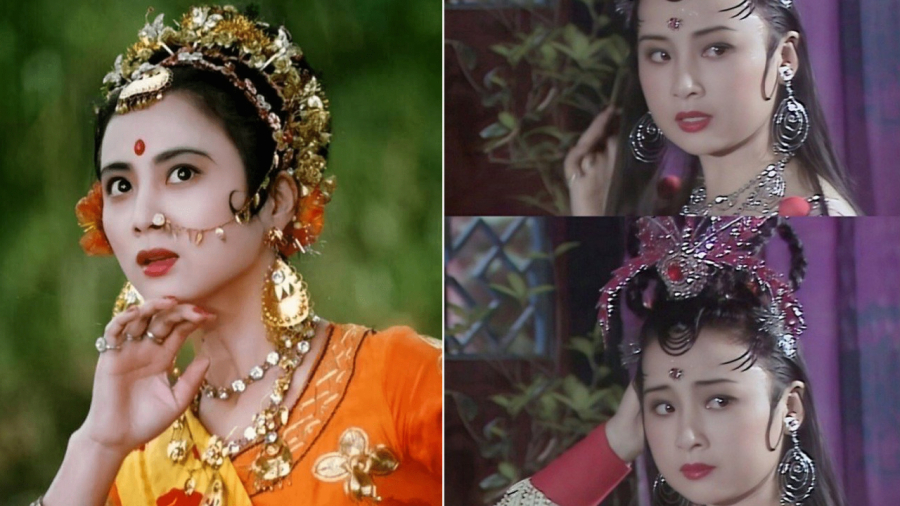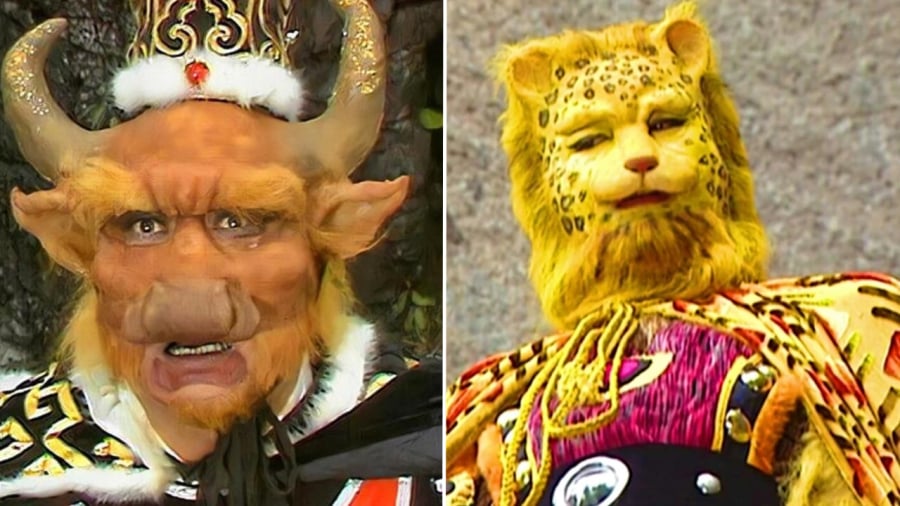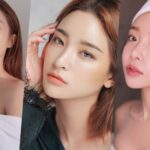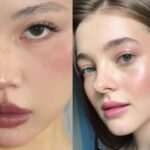Journey to the West, or Tây Du Ký in Vietnamese, is a beloved Chinese novel by Wu Cheng’en that has been adapted into numerous television series. The 1986 version, starring Liu Xiao Ling Tong as Sun Wukong (Monkey King), left a profound impression on its audience, and even today, it remains a favorite for many.
In the novel Journey to the West, an interesting pattern emerges regarding the portrayal of female and male demons or monsters. Female demons, often referred to as “yêu tinh,” are consistently depicted as exceptionally beautiful, while their male counterparts, the “yêu quái,” are described as ugly and frightening. This contrast is carefully preserved in the various film adaptations, leaving viewers curious about the reasoning behind it.
Several theories have been proposed to explain this phenomenon. Firstly, it is important to consider the author’s gender. Wu Cheng’en, being a man, may have subconsciously projected his desires and aspirations regarding the opposite sex onto the female characters, hence their ethereal beauty. Conversely, the grotesque portrayal of male demons could be a manifestation of intra-gender rivalry, a psychological trait not uncommon among men.

Additionally, the ancient feudal society depicted in the novel had distinct gender roles and expectations. Men, as the physically stronger and mentally tougher gender, were tasked with making important decisions and undertaking laborious work. Their worth was measured by their abilities and strength, not their appearance. In contrast, women were considered the weaker sex, dependent on men, and confined to domestic duties. Their value in this patriarchal society was often tied to their physical beauty, a notion that has persisted over generations.
Returning to the Journey to the West, the male demons are typically portrayed as powerful sorcerers, commanding hordes of underlings. Sun Wukong himself, with his hairy appearance, possesses formidable magical powers that threaten even heaven, the dragon king’s palace, and the underworld. Conversely, female demons are often depicted with rudimentary or unmentioned magical abilities, their beauty and allure taking center stage.
The disparity between male and female demons extends beyond physical appearance to their methods of cultivation. Male demons focus on physical training and combat prowess, while female demons primarily cultivate their appearances, absorbing the essence of heaven and earth to enhance their beauty.
When male demons transform into human form, they often retain distinctive features symbolizing their strength and species. For instance, the Thanh Ngưu Quái (Ox Demon) has ox-like horns, and the Bạch Tượng Vương (White Elephant King), a mount of the Bodhisattva Samantabhadra, has a trunk resembling an elephant’s.

Female demons, on the other hand, completely shed their animal characteristics when transforming, assuming fully human forms. This allows them to employ the “beauty tactic” (mỹ nhân kế), enchanting and absorbing the vital energy of men to enhance their own power. Notable examples include the Jade Rabbit and Spider Spirits.
In the story, the ultimate goal of the demon world is to capture and consume Tang Sanzang (a Buddhist monk) to achieve immortality. While male demons rely on brute force, female demons use their allure and feigned weakness to lure Tang Sanzang. Without their beauty and seductive strategies, female demons would stand little chance of capturing the monk.
The Ocean’s Goddess: An Icon of Elegant Fashion and Feminist Power
Amidst the vast expanse of sky and sea at Hon Tre Island, Nha Trang, where nature carves majestic outlines of rocks and waves, Miss Humanity of Miss Diva Vietnam Global Businesswoman 2025, Hang Nguyen, emerges as a streak of elegant radiance. Adorned in a meticulously crafted black evening gown, the beauty queen doesn’t merely wear a design but embodies the very essence of a sea goddess: noble, powerful, and profoundly gentle.
The K-pop Blondes: Jennie’s Edgy Look and Lisa’s Chic Style
“Golden locks have always been a top choice for Korean stars, and it’s easy to see why. This classic hair color is a timeless trend that exudes glamour and sophistication. From sunny honey hues to shimmering champagne tones, Korean celebrities have rocked this look with style and grace, capturing the hearts of fans worldwide. It’s a shade that illuminates their features and adds a touch of warmth and radiance to their overall appearance.”














